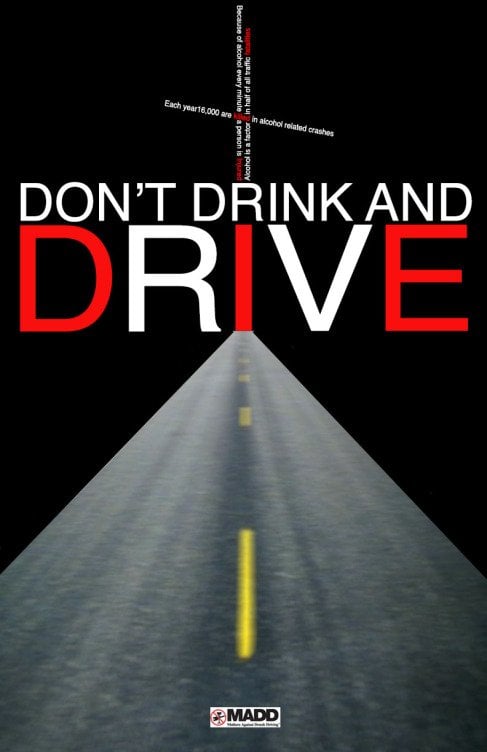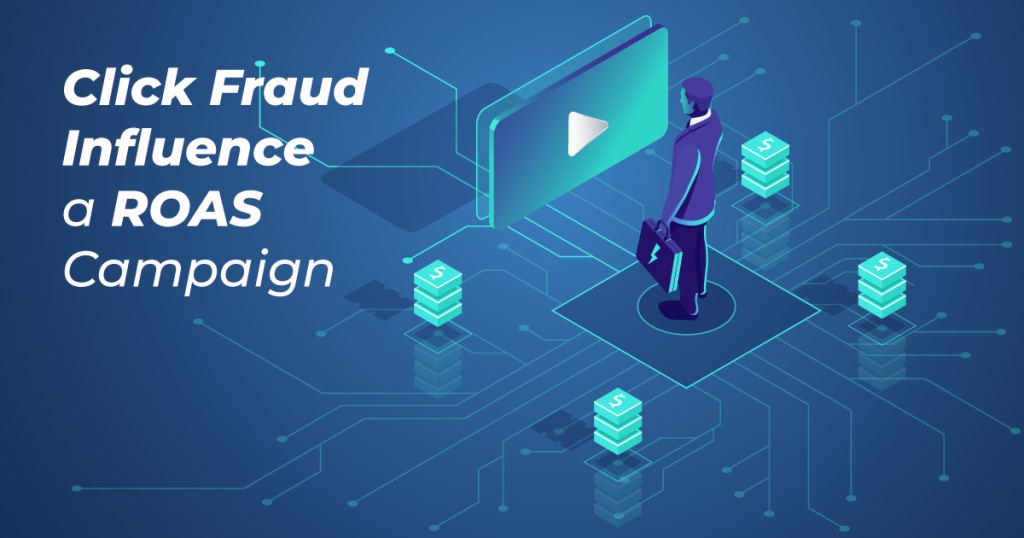Like most fine (and complex and sometimes headache-inducing) things in life, ambiguous commercials start in Ancient Greece.
Sure, you probably cannot imagine Socrates watching a ball game in front of his TV only to be interrupted by (ambiguous) commercials for laundry detergent, but if you want to understand the true nature of double-meaning ads, you should first take a trip back in time. No worries, though, we won’t turn this article about ambiguous commercials into a whole course on ancient Greek philosophy and dialectics. Not really, at least.
The main goal of this piece is not to teach you the history of ambiguity in communication, but to help you understand whether or not ambiguous commercials are actually good for your business.
How to Define Ambiguous Commercials
Ambiguous commercials rely on polysemy — which is a fancy word from the ancient Greek language translated word-for-word as “many signs” (where “poly” stands for “many” and “sema” for sign). Or, in plain, modern, normal people English, “polysemy” means “with multiple meanings”.
In advertising, ambiguity can translate into multiple actual applications. On the one hand, you have the “good” kind of ambiguity, like:
- Irony
- Sarcasm
- Puns
- Understatements
- Satire
- Parody
These types of ambiguity are connected to purposeful polysemy and they can have a positive effect on your brand.
On the other hand, ambiguity can also be used to refer to issues of social, political, or even scientific nature. For example, Apple’s “Think Different” intentionally avoids using the grammatically correct adverb (“differently”) precisely because its goal is to make you think that you are different if you purchase their products.
This works out nicely for Apple, but if you sell chocolate and just tag it as “The best chocolate”, that might be a bit too ambiguous. Is it the best chocolate in a specific geographical area? In the world? And what other types of chocolate do you compare it with?
Specifically in the hygiene and cosmetics industry brands are compelled to complete statements like these with more data — so that potential customers can actually compare the products correctly.
Why Are Ambiguous Commercials Used?
There are many reasons to use ambiguous commercials. In essence, you can use them either because you want to convey a double meaning or because you want the end-customer to fill in the gaps for themselves.
In the first case, ambiguity can work to your advantage (like in the case of the famous Apple slogan mentioned above). In the second case, things can easily backfire — and even when there are no legal implications to making ambiguous statements about your brand, the market usually does find out about the lack of commitment your brand purports and they do sift away from it.
There is also a third case, and that’s a matter of both where you want your brand to stand in relation to specific social issues and how your target audience is most likely to react. For example, a study ran in the Netherlands showed that, when a brand used a gay couple in their advertisements, gay customers reacted positively, while heterosexuals reacted better when the same advertisement was shown with a heterosexual couple.
In this situation, social sensitivities have the last say. You can remain ambiguous and not make a statement about your brand’s positioning with regard to certain social or political issues.
Are Ambiguous Commercials Ethical?
In essence, ambiguous commercials don’t have to be unethical. But to answer the question in this subtitle, the easier way to put it is like this:
It depends.
Are you selling a skin moisturizer and claiming it’s the best one?
Then, regardless of whether legislation requires it or not, you need to be transparent when it comes to how your product compares with others (in the same geographical area or internationally, for example). You should also quote the actual research that backs up your claims — because even in the skincare industry, data is still key and people need to see where your miracle-making skincare product’s claims are coming from.
Not all ambiguous commercials are unethical, though. Circling back to our Apple example, there’s nothing actually unethical about their slogan. On the contrary, one could argue that it is a borderline genius in that it manages to be ambiguous, grammatically incorrect, and yet extremely efficient without leaving room for many other interpretations other than the various “shades” the word “different” can take in the mind of the consumer.
Pros and Cons of Ambiguous Commercials
Ambiguity can and should be used to your advantage, but only when it refers to intertextuality, puns, irony, and all the other situations listed above as “good ambiguity”.
In these instances, ambiguity can create multiple layers of meaning and convey a deeper message than a simple statement would. It can also add humor and playfulness to your brand, and it can emphasize the very important underlying consequences of your message. Like, for example, this MADD ad promoting safe driving:

The disadvantages of using ambiguous commercials?
They can backfire when your goal is being shady or hiding things that should be transparent (especially in a world where word of mouth claims can spread like wildfire via the internet).
Should You Use Ambiguous Commercials?
Again, it depends.
The general rule is: don’t use ambiguity just for the sake of hiding behind your less than truthful statements. For example, if your brand promises machine learning and artificial intelligence solutions, make sure it actually does and has the transparency to prove it. Otherwise, you might wake up to a market that’s “suddenly” become aware of the buzzwords your brand has been using — and things might not end up the way you want them to.
DO use ambiguity to be playful, to emphasize your messages, or simply to convey messages that have deeper meanings. That’s a total yes — and a technique that, frankly, makes the advertising space a lot more fun, both in digital marketing and traditional marketing.



